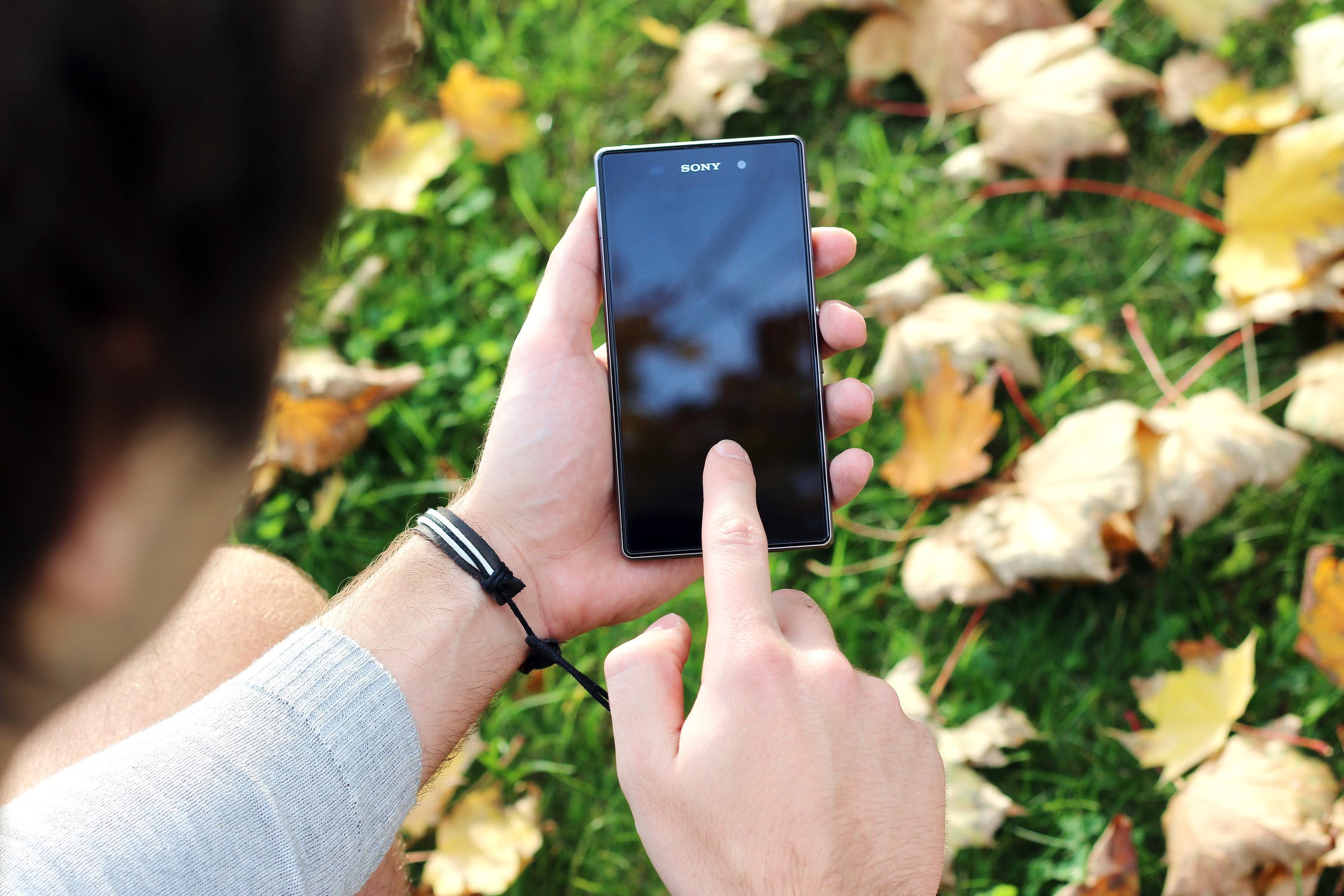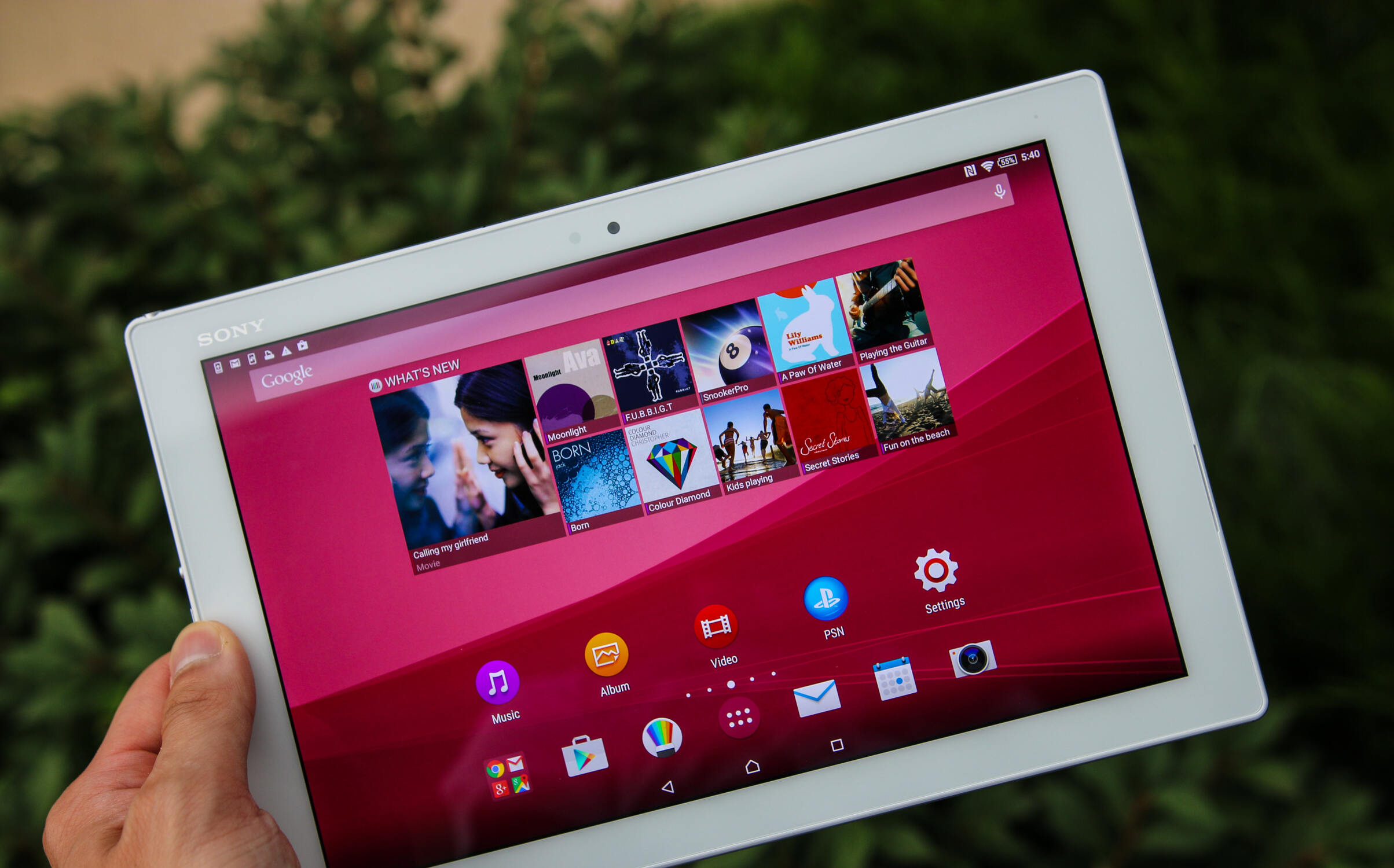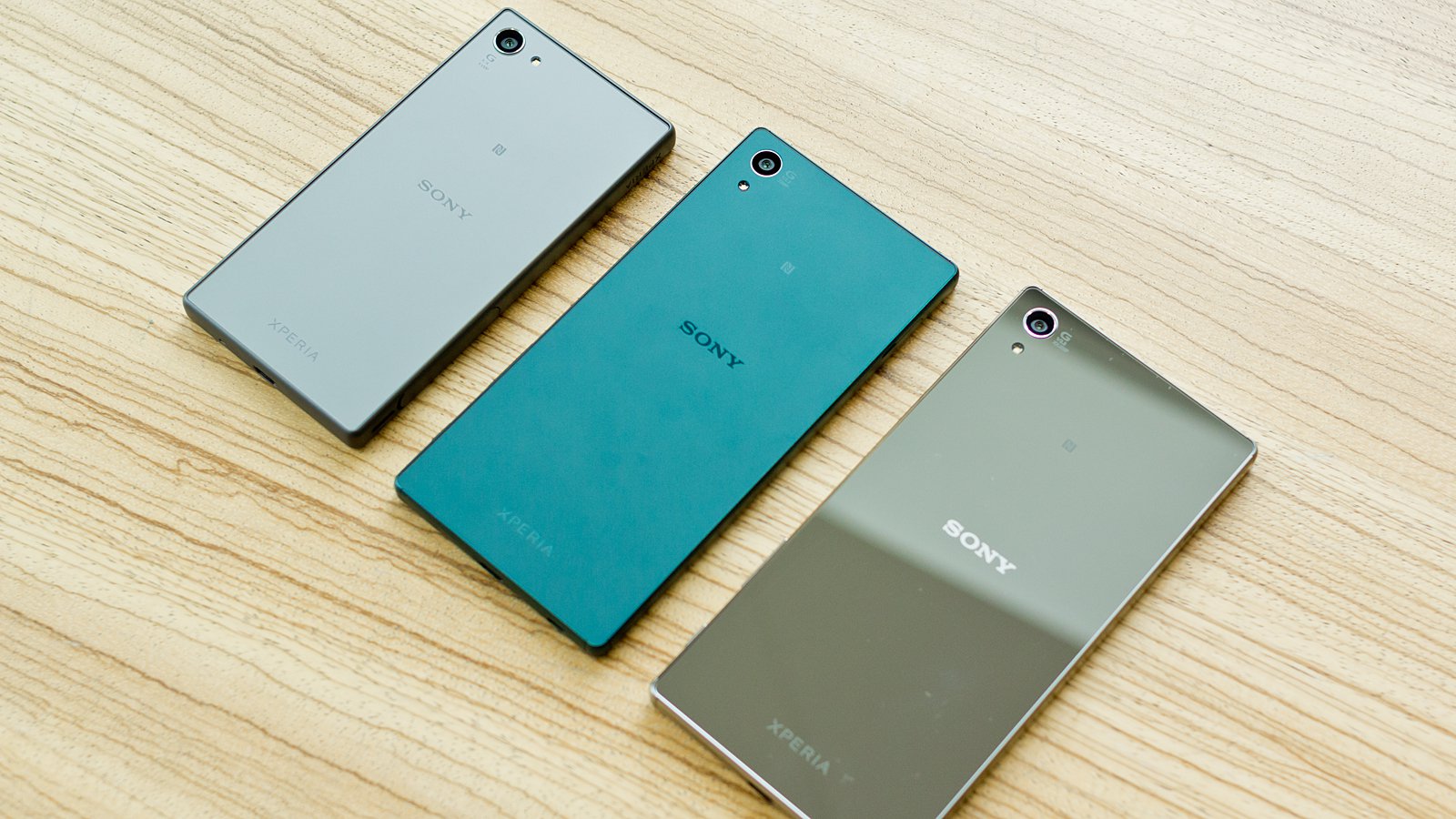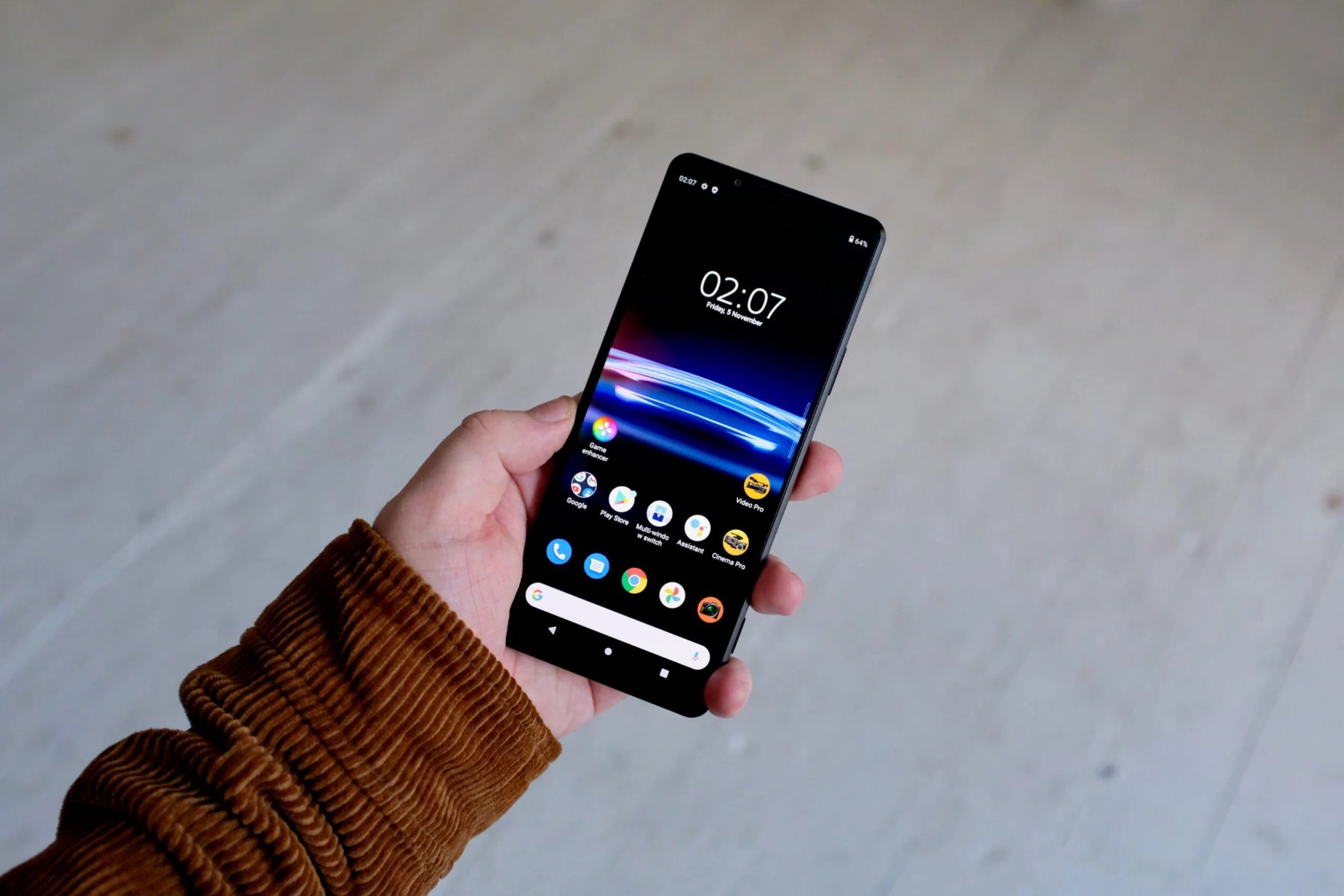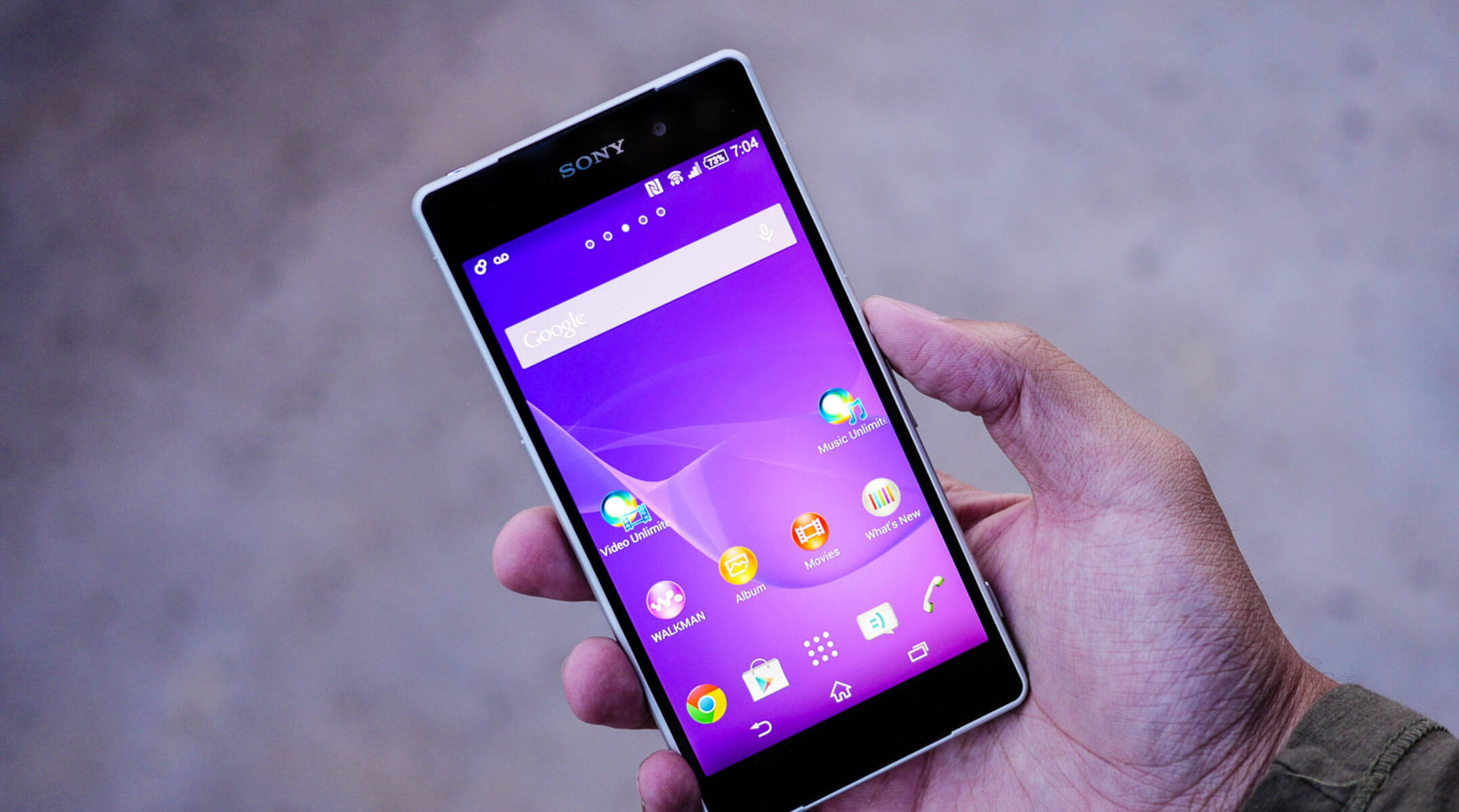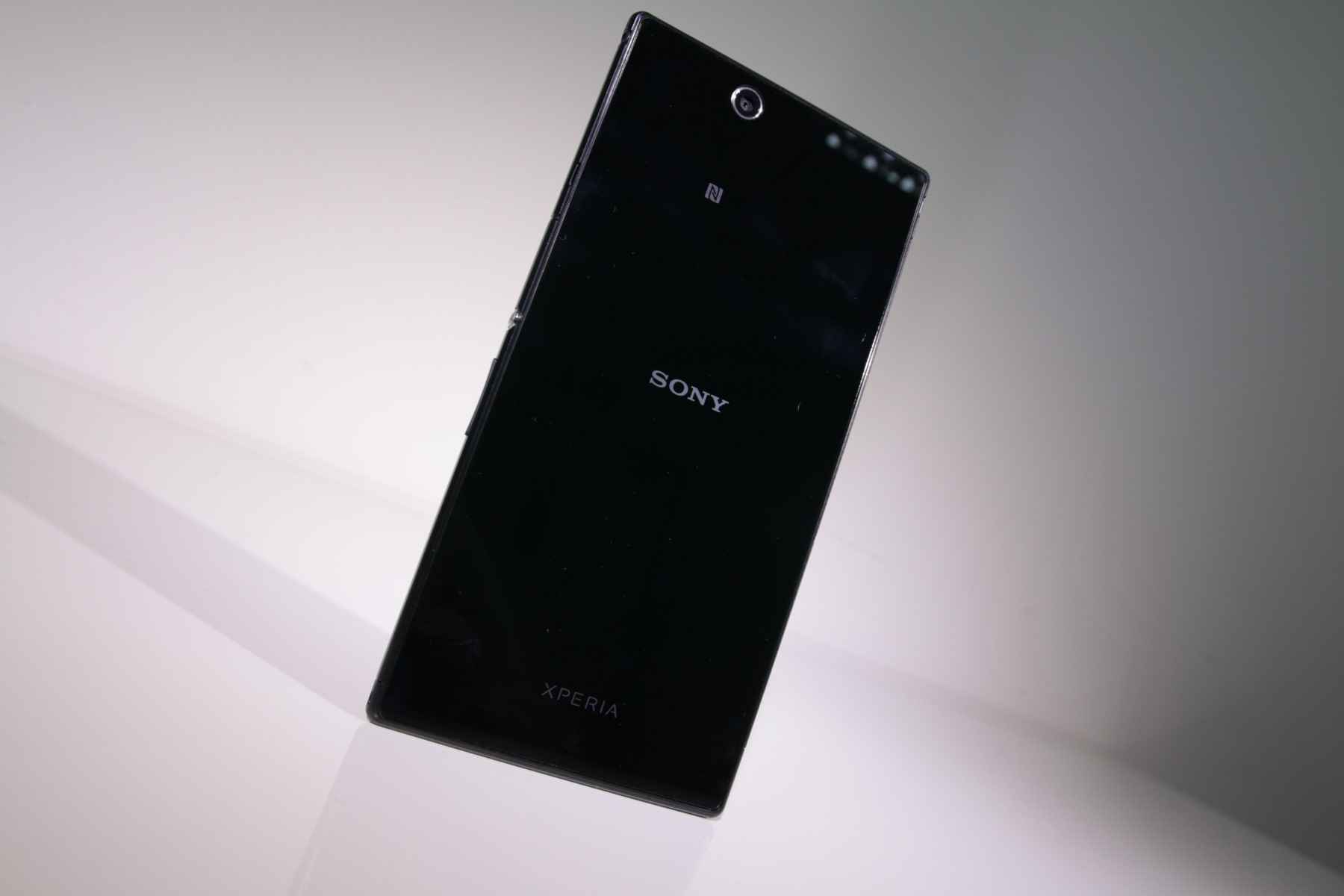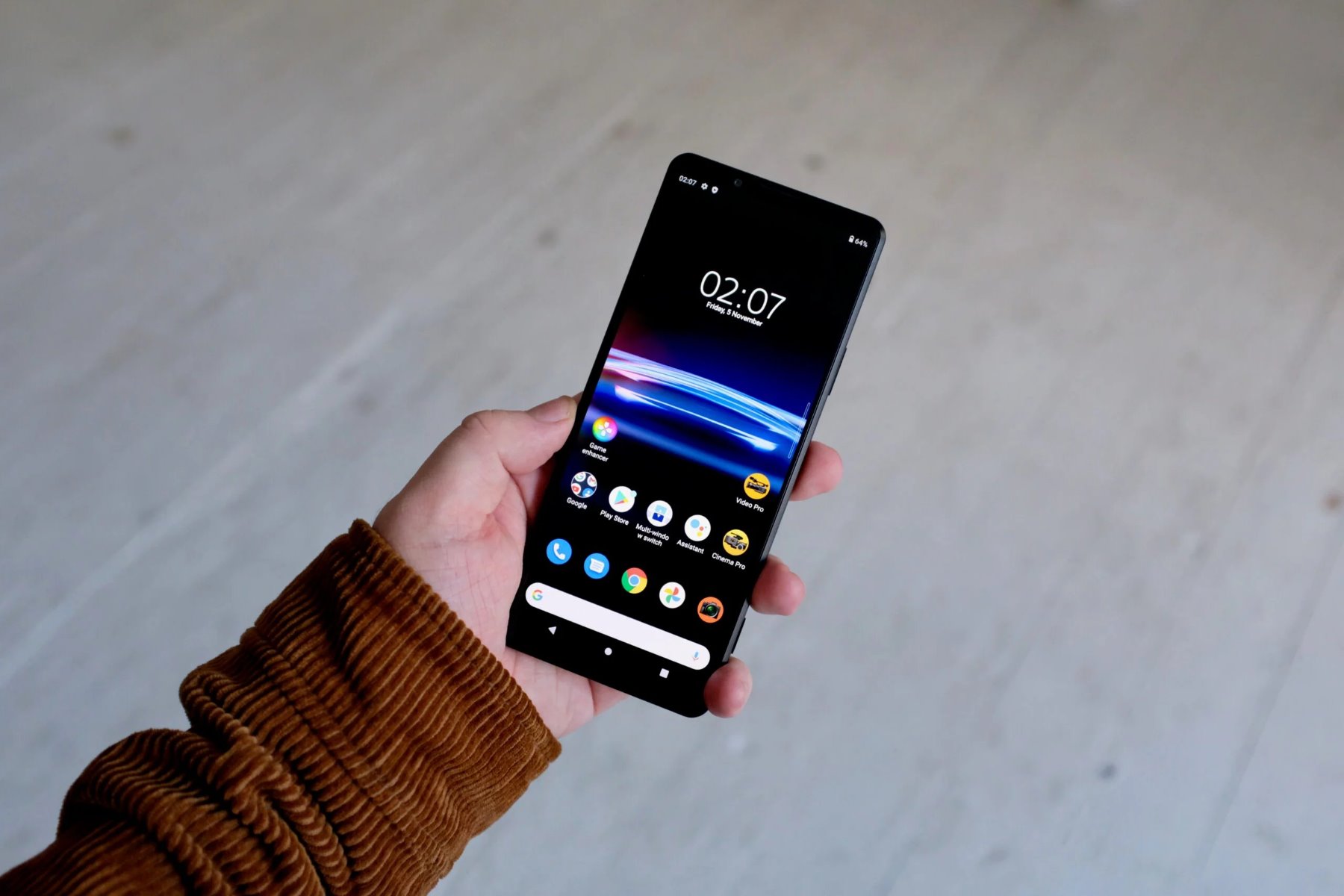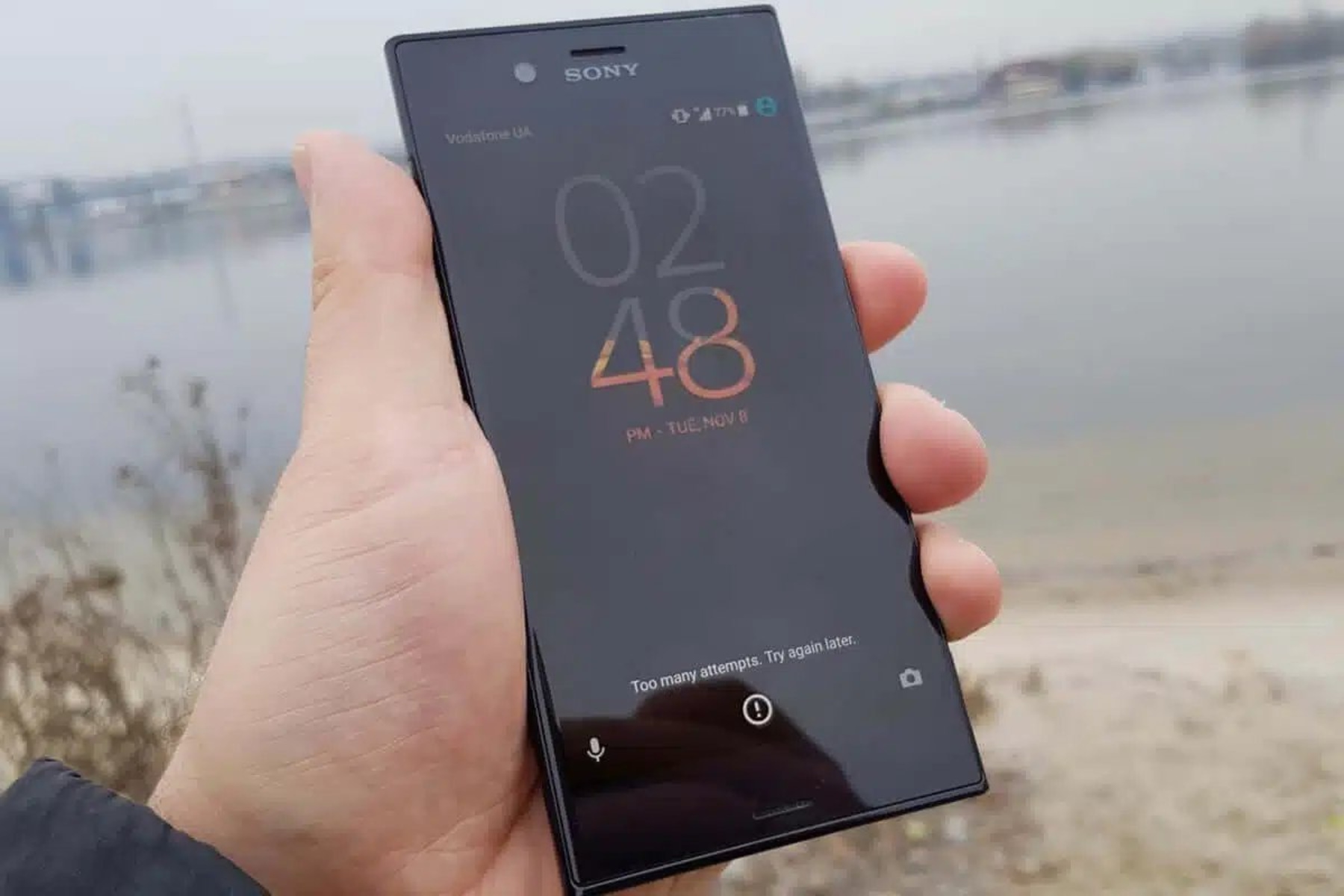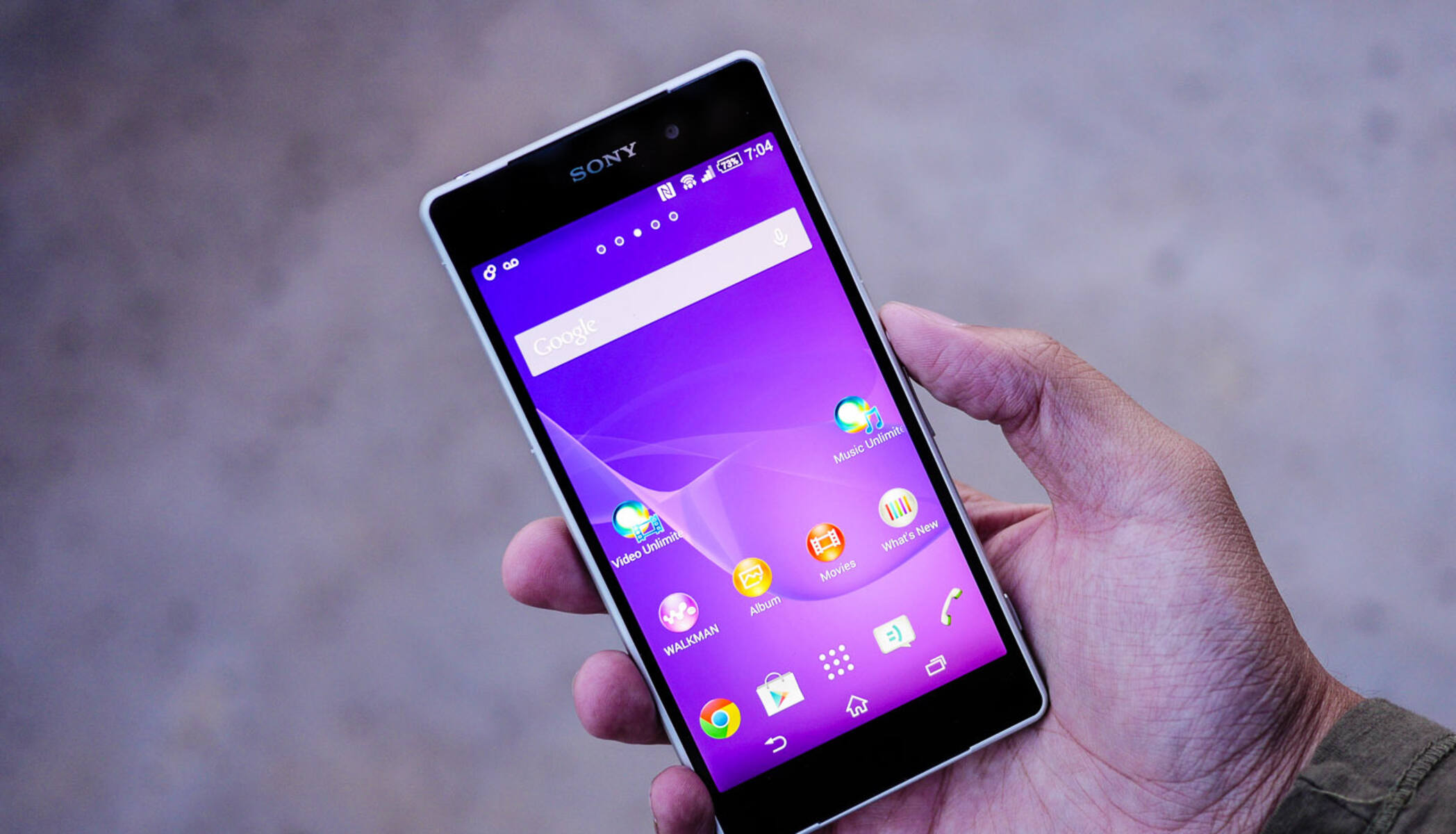Common Touch Screen Issues
The touch screen is a vital component of modern mobile devices, enabling users to interact with their smartphones in a seamless and intuitive manner. However, despite its convenience, touch screens can sometimes encounter issues that hinder their functionality. Understanding the common touch screen issues that users may encounter is essential for troubleshooting and resolving these issues effectively.
-
Unresponsive Touch Screen: One of the most prevalent issues experienced by smartphone users is an unresponsive touch screen. This problem manifests as the screen failing to register touch inputs, making it challenging to navigate the device or use applications.
-
Ghost Touches: Another common issue is ghost touches, where the screen registers unintended taps or swipes without any physical input from the user. This can lead to erratic behavior and disrupt the user experience.
-
Dead Zones: Dead zones refer to specific areas on the touch screen that do not respond to touch inputs. Users may notice unresponsive areas, making it difficult to interact with certain parts of the screen.
-
Screen Freezing: Screen freezing occurs when the touch screen becomes unresponsive, often resulting in the device becoming temporarily unusable. This issue can be frustrating and may require intervention to restore normal functionality.
-
Inaccurate Touch Input: Inaccurate touch input can lead to misinterpretation of touch gestures, causing frustration when attempting to perform precise actions on the screen.
Understanding these common touch screen issues is the first step in effectively troubleshooting and resolving them. By identifying the specific problem affecting the touch screen, users can take targeted steps to address the issue and restore the functionality of their mobile devices.
Next, I will delve into the troubleshooting steps for addressing these touch screen issues, providing users with practical solutions to regain optimal touch screen performance.
Restarting the Device
Restarting the device is often the first step in troubleshooting touch screen issues on Xperia devices. This simple yet effective action can help resolve temporary software glitches and refresh the device's system, potentially addressing unresponsive touch screens, ghost touches, and other common problems.
To restart an Xperia device, users can follow these straightforward steps:
-
Soft Restart: A soft restart involves powering off the device and then turning it back on. To perform a soft restart on an Xperia device, users can press and hold the power button until the power off menu appears on the screen. After selecting "Power off," they can wait for the device to shut down completely before pressing the power button again to turn it back on.
-
Force Restart: In some cases, a force restart may be necessary, especially if the touch screen is unresponsive. To force restart an Xperia device, users can simultaneously press and hold the power button and the volume up button for about 10 seconds. This action triggers a forced reboot, which can help address more stubborn touch screen issues.
Restarting the device can effectively clear temporary system errors and refresh the touch screen's responsiveness. It is a quick and simple troubleshooting step that can often resolve minor touch screen issues without the need for more advanced interventions.
By incorporating the practice of regularly restarting their Xperia devices, users can help maintain optimal system performance and minimize the occurrence of touch screen problems. Additionally, if the touch screen issues persist after restarting the device, users can explore further troubleshooting steps to identify and address the root cause of the problem.
In the next sections, we will explore additional troubleshooting techniques, including checking for software updates, calibrating the touch screen, and performing a factory reset, providing users with a comprehensive toolkit for addressing touch screen issues on their Xperia devices.
Checking for Software Updates
Checking for software updates is a crucial step in troubleshooting touch screen issues on Xperia devices. Software updates often include bug fixes, performance enhancements, and optimizations that can directly impact the functionality of the touch screen. By ensuring that the device's software is up to date, users can address potential software-related issues that may be affecting the touch screen's responsiveness and accuracy.
To check for software updates on an Xperia device, users can follow these steps:
-
Accessing the Settings Menu: Users can navigate to the "Settings" app on their Xperia device. The Settings app is typically represented by a gear icon and is a central hub for managing various aspects of the device's configuration.
-
Selecting System Updates: Within the Settings menu, users can look for the "System" or "About phone" option, which often contains the "System updates" or "Software update" section. Tapping on this option will initiate the process of checking for available updates.
-
Initiating the Update Check: Upon accessing the System updates section, users can tap on the "Check for updates" or similar button. The device will then connect to the update server to determine if any new software updates are available for download and installation.
-
Downloading and Installing Updates: If a software update is available, users will be prompted to download and install it. It is essential to ensure that the device is connected to a stable Wi-Fi network and has sufficient battery charge before initiating the update process to avoid interruptions.
-
Rebooting the Device: After the update is successfully installed, the device may automatically reboot to apply the changes. Users should follow any on-screen instructions to complete the update process.
By regularly checking for software updates, users can benefit from the latest improvements and fixes provided by the device manufacturer. These updates often address known issues, including touch screen-related problems, and can contribute to a smoother and more reliable user experience.
In the event that touch screen issues persist despite having the latest software updates installed, users can proceed to explore additional troubleshooting steps to further diagnose and resolve the underlying causes of the problem. Regularly staying informed about software updates and ensuring their timely installation is a proactive approach that can contribute to the overall performance and functionality of Xperia devices, including the touch screen interface.
Calibrating the Touch Screen
Calibrating the touch screen is a fundamental troubleshooting step that can help address issues related to touch accuracy and responsiveness on Xperia devices. Touch screen calibration involves adjusting the sensitivity and alignment of the touch input to ensure precise and reliable interaction with the device's display. By performing this calibration process, users can optimize the touch screen's performance and mitigate potential issues such as inaccurate touch input and unresponsive areas.
To calibrate the touch screen on an Xperia device, users can follow these steps:
-
Accessing the Settings Menu: Begin by navigating to the "Settings" app on the Xperia device. The Settings app serves as the central hub for configuring various aspects of the device, including display and touch screen settings.
-
Locating the Display or Touch Settings: Within the Settings menu, users should look for the "Display" or "Touch" section, where touch screen calibration options are typically available. Depending on the device model and software version, the specific location of these settings may vary.
-
Initiating the Calibration Process: Once in the appropriate section, users can explore options related to touch screen calibration. Some Xperia devices offer built-in touch screen calibration tools or settings that guide users through the calibration process. These tools may include on-screen instructions and interactive elements to facilitate the calibration adjustments.
-
Following On-Screen Instructions: If the device provides a touch screen calibration tool, users should carefully follow the on-screen instructions to perform the calibration. This may involve tapping specific targets or adjusting calibration sliders to fine-tune the touch sensitivity and alignment.
-
External Calibration Apps: In some cases, users may opt to utilize third-party touch screen calibration apps available through the Google Play Store. These apps offer additional customization and calibration options, allowing users to tailor the touch screen behavior to their preferences.
By calibrating the touch screen, users can optimize the device's touch sensitivity and accuracy, potentially resolving issues related to inaccurate touch input and unresponsive areas. It is important to note that touch screen calibration is a proactive maintenance practice that can contribute to a more precise and enjoyable user experience on Xperia devices.
In the event that touch screen issues persist despite calibration efforts, users can explore additional troubleshooting steps, such as performing a factory reset or seeking support from authorized service providers. Regularly calibrating the touch screen can help maintain optimal performance and responsiveness, ensuring that users can fully leverage the intuitive touch interface of their Xperia devices.
Performing a Factory Reset
Performing a factory reset is a comprehensive troubleshooting step that can effectively address persistent touch screen issues on Xperia devices. This process involves restoring the device to its original factory settings, erasing all user data, apps, and customized settings. While a factory reset is a powerful solution, it should be approached with caution, as it will result in the loss of personal data stored on the device. Therefore, it is crucial to back up important data before proceeding with a factory reset.
To perform a factory reset on an Xperia device, users can follow these essential steps:
-
Backup Important Data: Before initiating the factory reset, users should back up their important data, including contacts, photos, videos, documents, and any other valuable information stored on the device. This can be done by utilizing cloud storage services, transferring data to a computer, or using dedicated backup apps available on the Google Play Store.
-
Accessing the Settings Menu: Navigate to the "Settings" app on the Xperia device. The Settings menu is the central hub for managing various device settings and configurations.
-
Selecting System or Reset Options: Within the Settings menu, locate the "System" or "System & Updates" section, where users can find the "Reset" or "Reset options" feature. This section typically contains options for performing a factory reset, often referred to as "Factory data reset" or "Erase all data."
-
Initiating the Factory Reset: Upon selecting the factory reset option, users will be prompted to confirm their decision and acknowledge the consequences of erasing all data. It is essential to carefully review the information provided before proceeding with the factory reset.
-
Executing the Reset Process: Once the user confirms the factory reset, the device will begin the process of erasing all data and restoring the original factory settings. This may take some time, and the device may reboot multiple times during the reset process.
-
Setting Up the Device: After the factory reset is complete, the device will boot into the initial setup screen, resembling the experience of a new device. Users will need to configure the device settings, connect to Wi-Fi, and sign in with their Google account to regain access to the device.
Performing a factory reset can effectively resolve persistent touch screen issues by eliminating potential software conflicts, corrupted data, or system errors that may be impacting the touch screen's functionality. However, it is important to exercise caution and consider this step as a last resort after exploring other troubleshooting options. Additionally, users should ensure that their data is securely backed up before proceeding with a factory reset to prevent data loss.
In the event that touch screen issues persist even after a factory reset, users are advised to seek assistance from authorized service providers or customer support channels to diagnose and address any underlying hardware or software-related issues affecting the touch screen performance.







